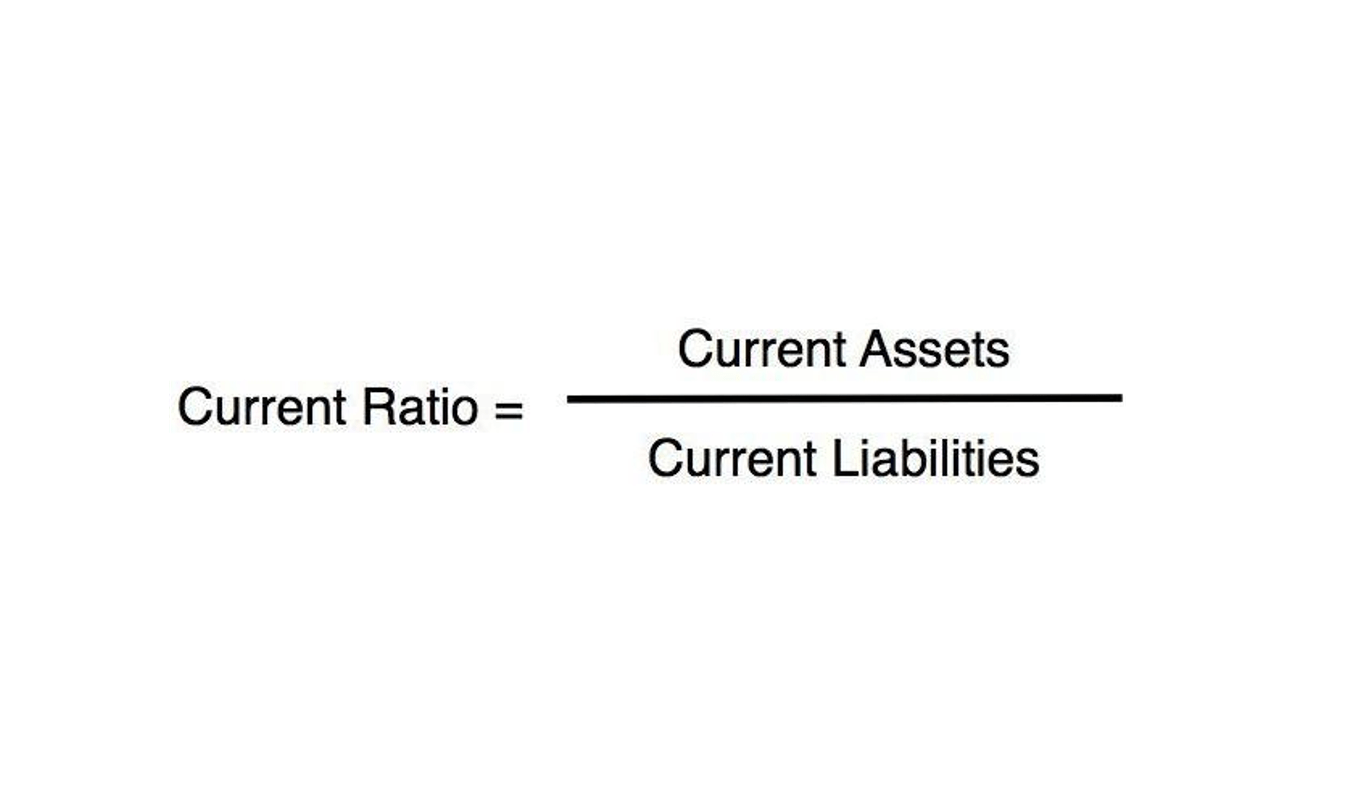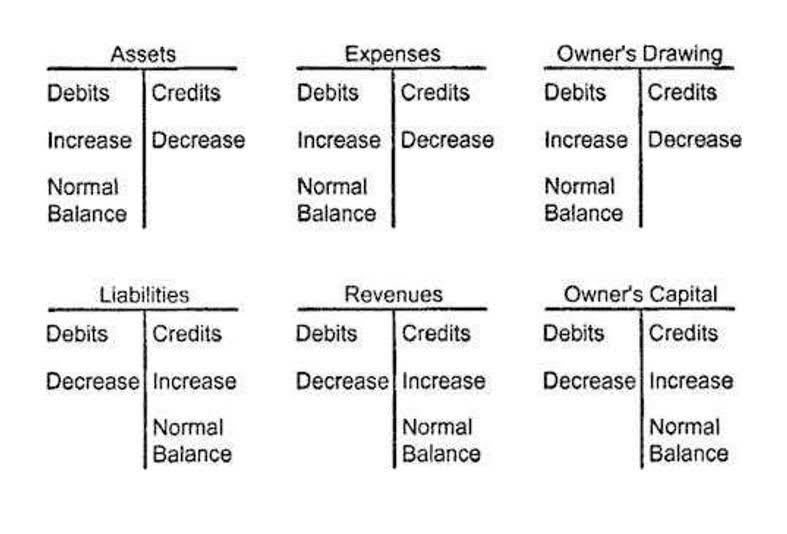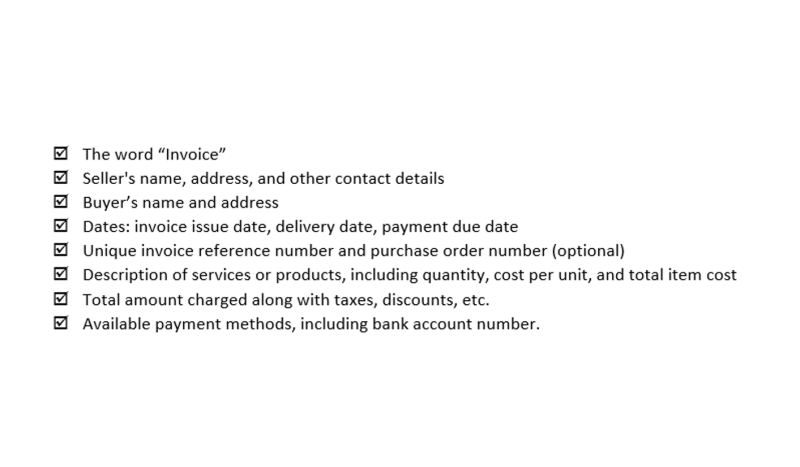When using the internet for both personal and business purposes, it is important to allocate the expense accurately to comply with tax regulations. The IRS requires that only the portion of internet expenses directly related to business activities be deducted as a business expense. Determining the deductible portion involves a reasonable method to separate business use from personal use. Accurate record-keeping is important for substantiating any tax deduction, including internet expenses. Taxpayers must maintain records that support the business nature and amount of their claimed deductions. For internet expenses, this means keeping detailed records of your monthly internet bills from your service provider.
However, many self-employed individuals use a single internet connection for both business and personal purposes. In such cases, only the portion of the internet usage directly attributable to business activities is deductible, while personal use is not. This requires careful allocation between business and personal use to determine the deductible amount. If you’re running your own business, various operational expenses must be considered.
Employees who work remotely but do not own a business generally cannot deduct internet costs, as the Tax Cuts and Jobs Act of 2017 eliminated most unreimbursed employee expense deductions. However, self-employed individuals, independent contractors, and small business owners can claim a portion of their internet bill as a business expense. When it comes to deducting internet expenses, the IRS allows business owners to claim the portion of their internet costs that are directly related to business use. It is crucial to maintain accurate records demonstrating the percentage of time the internet service is used for business versus personal activities to ensure compliance and avoid audits.
There are some exceptions that our tax preparers can help you sort out, such as gym memberships for most professions. To avoid this, it’s often recommended to seek the help of a tax professional. They can provide guidance on the specific tax laws in your country, and can help ensure that you are accurately claiming your expenses and in compliance with all relevant laws. It’s important to note that the process for filing your tax return can be complex, and it’s often recommended to seek the help of a tax professional.
TURBOTAX ONLINE GUARANTEES
- Ordinary and necessary promotion expenses and marketing expenses are tax-deductible for self-employed individuals.
- If the internet connection is essential for conducting business operations, such as communication, research, or sales, then a proportional deduction is justified.
- Under the Cohan rule, in some cases, courts may accept a reasonable estimate of a business expense where thetaxpayer does not have adequate records.
- In this case, you could claim 60% of your internet expenses as a write-off.
These may include mortgage interest, insurance, utilities, repairs, maintenance, depreciation and rent. For other expenses such as phone and Internet, you can split these between working for yourself, as an employee or as a personal expense. For deducting home office space, the IRS requires these expenses to be used exclusively for your self-employment work to be deductible. Whether you’re a freelancer, a small business owner, or an employee who frequently travels for work, understanding the ins and outs of expensing mileage is crucial.
Intuit reserves the right to modify or terminate any offer at any time for any reason in its sole discretion. Unless otherwise stated, each offer is not available in combination with any other TurboTax offers. Certain discount offers may not be valid for mobile in-app purchases and may be available only for a limited period of time.
“If the expense is clearly business-related, such as industry-specific, a log is not necessary,” Topham said. He said you should not deduct clearly personal expenses like gaming systems. You can use the Keeper app to track these and other tax-deductible expenses, so you don’t leave money on the table come tax time.
How Much of My Internet Can I Deduct for Business? + FAQs
- I’m starting to organize what I can and can’t claim as business expenses relating to my online work so I have less work to do next February.
- The home office deduction allows qualified taxpayers to deduct certain home expenses when they file taxes.
- Certain discount offers may not be valid for mobile in-app purchases and may be available only for a limited period of time.
- Misclassification can lead to adjustments during an IRS audit, potentially triggering penalties or interest on underpaid taxes.
- Choose the one that best fits your business operations and allows for clear, justifiable documentation.
However, even if you don’t qualify for a home office, you can still deduct your business internet portion separately. Many people confuse these – you might think “I’m not eligible for a home office, so I guess I can’t deduct internet.” That’s incorrect. So, take the home office deduction if you’re eligible (it’s a great tax saver), but if not, at least take the internet expense on its own. And if you do claim both, avoid double counting the same internet costs in both places. When an internet connection serves both business and personal needs, calculating the business-use percentage determines the deductible amount.
You figure the amount you’re allowed to deduct on Schedule A (Form 1040). You must convince the court or the IRS that you actually incurred the expense.2. Instead of tracking your home internet use every day throughout the year, you could use a sampling method suchas that permitted for tracking business use of vehicles and other listed property. This table demonstrates that the deductible portion varies depending on the method used, but the key is to apply a reasonable and supportable allocation. A credit card statement can only serve as a record of payment, but a receipt may be needed to provide the details of such purchase.
For self-employed individuals, freelancers, and small business owners operating from a home office, internet costs are often considered a legitimate business expense. This is because internet connectivity is frequently integral to daily operations, such as communicating with clients, conducting research, or managing online sales platforms. When you use your internet connection for both business and personal purposes, only the portion attributable to business use is deductible. Accurately determining this portion requires a reasonable method of allocation based on actual usage or time spent on business activities. Navigating the rules around business expenses can be tricky, especially when it comes to services like internet that often serve both personal and professional purposes. Determining whether and how much of your internet bill qualifies as a deductible expense requires a clear grasp of tax guidelines and the nature of your business use.
Writing off your Wi-Fi through a home office deduction saves you from having to find a separate business-use percentage just for your internet. Hi, I’m Ally Cox, one of the leading Copywriter/Bloggers at CompareYourBusinessCosts.co.uk, a platform renowned for its in-depth analysis and comprehensive comparisons of business services. Taxpayers can deduct the interest paid on first and second mortgages up to $1,000,000 in mortgage debt (the limit is $500,000 if married and filing separately). Any interest paid on first or second mortgages over this amount is not tax deductible. Legal fees are tax deductible from 1099 taxes under the legal and professional fees category on Schedule C. The category also includes consultant and tax prep fees.
Get clear guidance on IRS requirements, allocation, documentation, and reporting. If you’re operating as a limited company, the rules are slightly different. Here, you’re allowed to deduct all business expenses from your profits before calculating tax. However, any item you use can i claim my internet bill as a business expense personally from the company’s resources must be reported as a company benefit. Utilities are tax deductible when they are an ordinary and necessary business expense.
Recordkeeping
If you make a charitable donation to an organization, it might count as a tax deduction. And even when they do apply theCohan rule, courts and the IRS auditors tend to lowball the amount of the deductible expense because yourinexactitude is of your own making. Discover how self-employed individuals can deduct vehicle registration fees and gain a clear understanding of the definition of this business expense. To avoid issues with the IRS, keep accurate records of your business internet use. If you are a W-2 employee, you cannot deduct your internet bill from your taxes, unless you are classified as self-employed or own a business. If you run a business from home, you are entitled to deduct certain expenses from your taxes.











